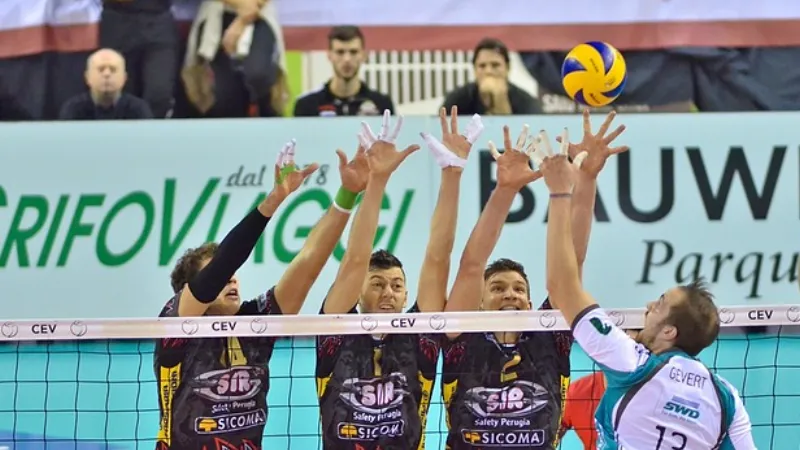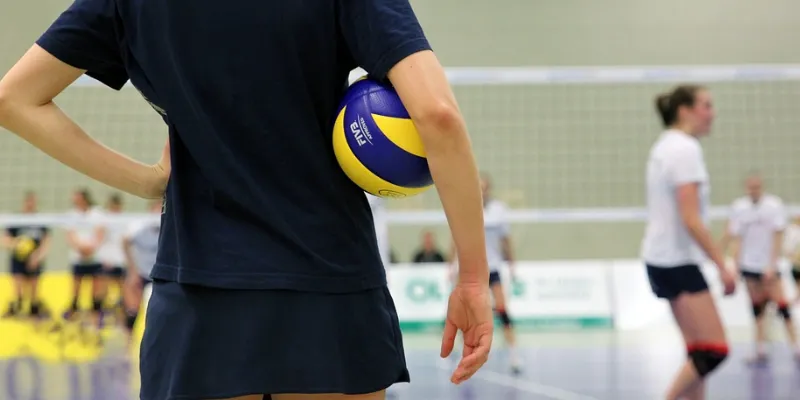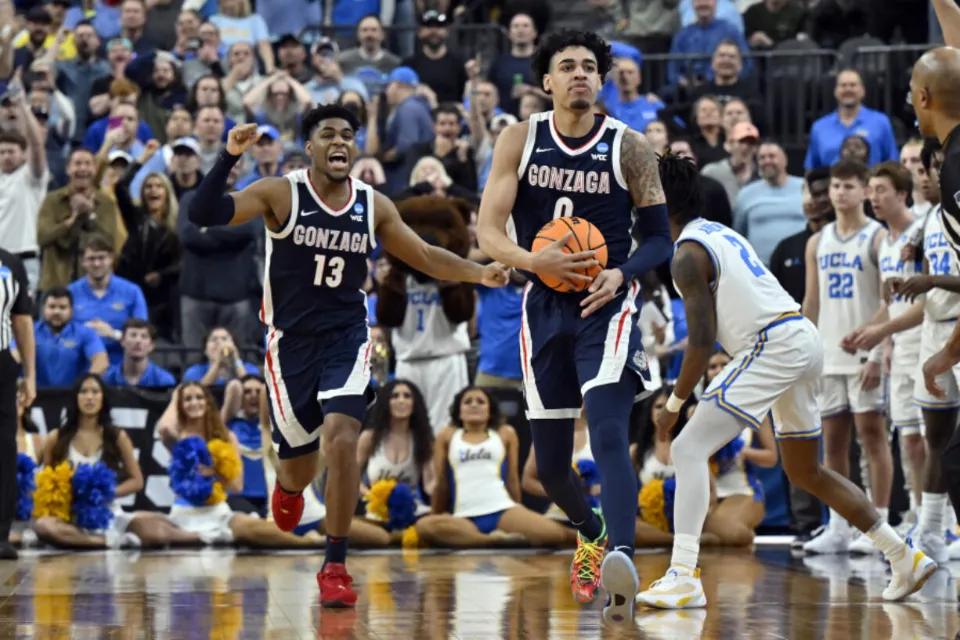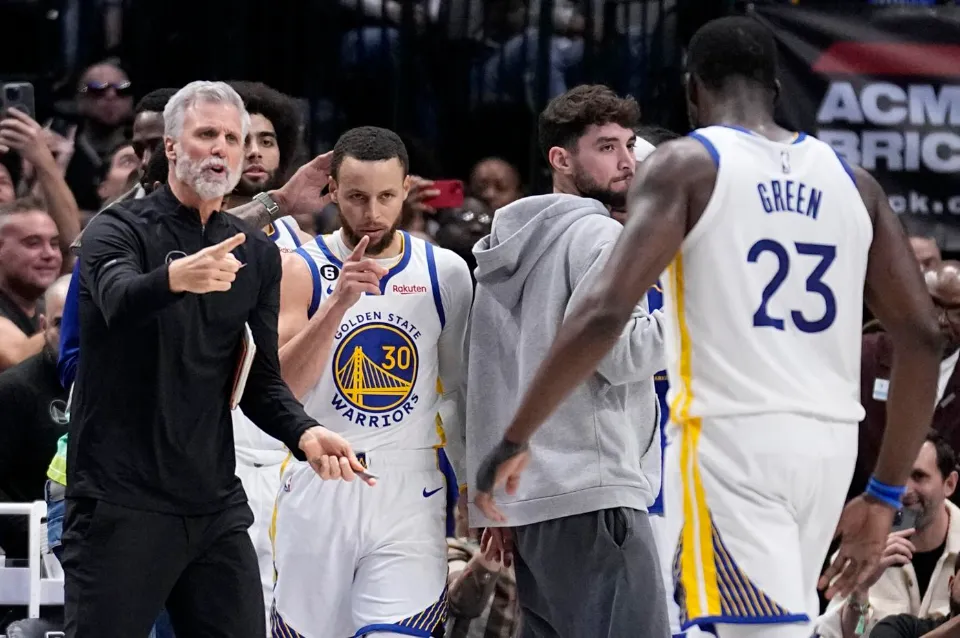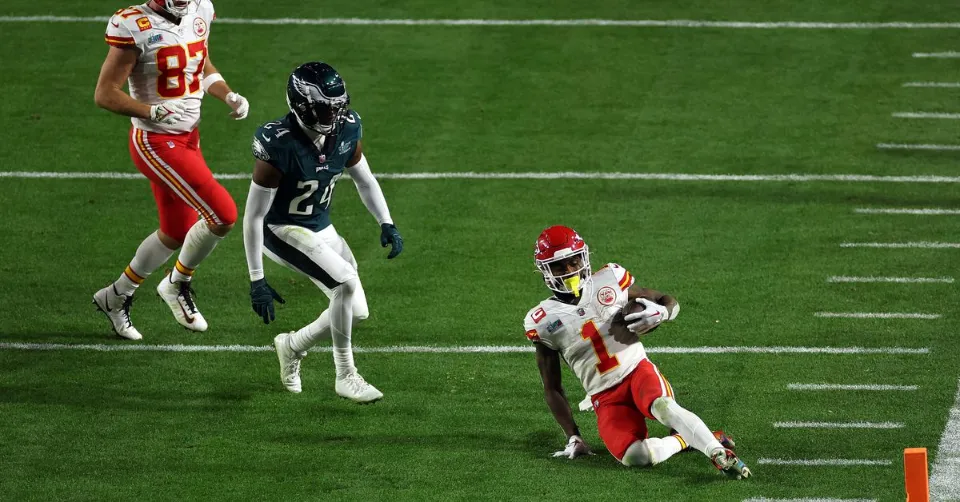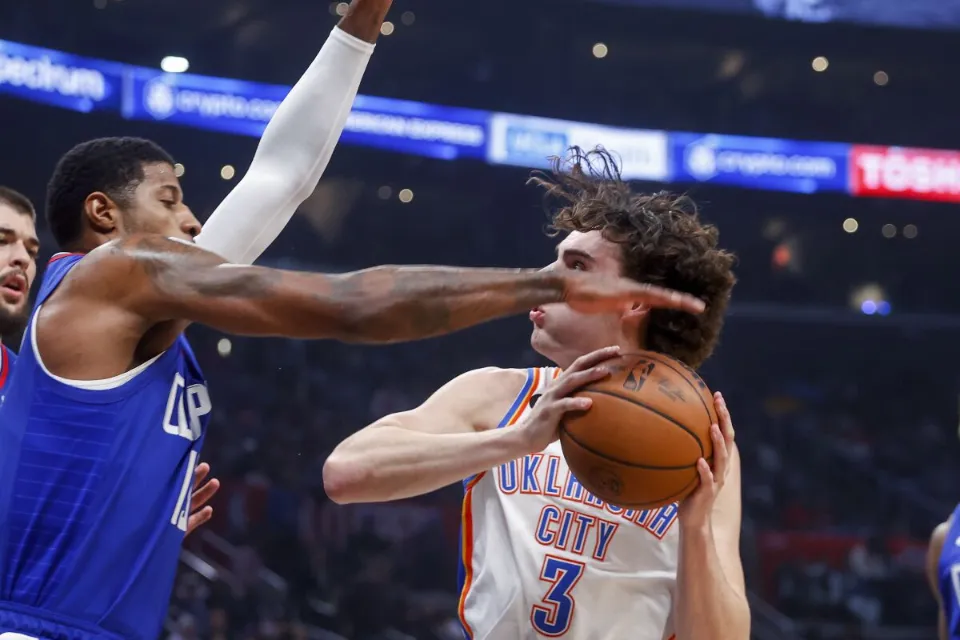What Is The Restricted Area In Basketball? A Full Information
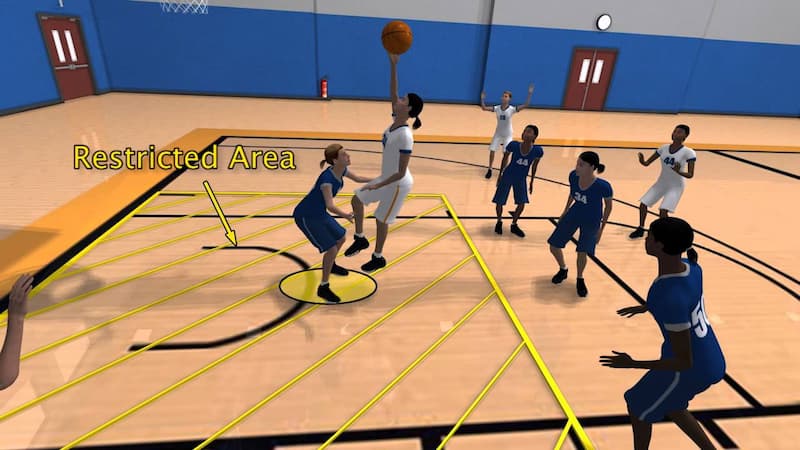
The restricted area is a four-foot arc underneath the basket under which players cannot draw charges. The goal of the rule is to stop players from hanging below the rim as offensive players drive toward the basket. To draw a charge, a defender needs to set up shop outside the area.
Please continue reading for more information.
Table of Contents
The Restricted Area Description
A referee finds it extremely difficult to call a charge. This call is what some sports fans refer to as a “bang-bang” call because of how quickly they must decide due to the simultaneous positioning of the offensive player and the defender. The referee must also decide whether the defender is too far beneath the basket for it to be a charge.
What is the significance of the defender’s proximity to the basket? It’s risky to undercut a player who is jumping for a layup because a defender could very easily saunter into position underneath them. Due to this, the NBA added a restricted area on each side of the court, which is marked with a semi-circle and is four feet outside of the basket.
The idea is that before the opponent runs into him and initiates the charge, a player must have both feet outside of that semi-circle. While the labeling of the restricted area is a huge advantage for the referees, it is still difficult to see the player run into the defender and where the defender’s feet are when the charge occurs, making this call extremely difficult during a game. See more about What Is Top Of The Key Basketball
Background Of The Restricted Area
After observing its advantages during international competition, the rule was adopted by the NBA for the 1997–98 season. In order to be more in line with FIBA regulations (FIBA’s restricted area is 4.1 feet), the restricted area was originally only three feet, but it was later changed to four feet.
The restricted area was first used in college basketball in the 2010–11 season and is now utilized at several different levels of competition. The rule has improved player security and discouraged athletes from snucking into position after the opposition has already moved off their feet. The restricted area has aided in-game play and provided referees with a reference point during the fast-paced nature of a basketball game, whether or not it is a charge.

Dimensions Of The Restricted Area
NBA and NCAA basketball leagues delineate the restricted area by drawing an arc in the paint radiating out from the goal. The restricted zone arc for the National Basketball Association has a radius of four feet from the basket and terminates where its ends are directly beneath the backboard. The restricted zone dimensions used by the NBA are comparable to the no-charge arc used by FIBA in the Olympics and other international basketball competitions, which has a radius of about 4 1/10 feet. The NCAA draws a slightly smaller restricted area that surrounds the basket by a distance of 3 feet because college basketball is played in a slower, less athletic manner. See more about Air Ball In Basketball
Player Safety: The Restricted Area Purpose
The addition of a semicircular restricted area under the basket to the basketball rules generally favors offense over defense because more under-the-basket collisions result in defensive foul calls. The restricted zone rule was primarily intended to increase player safety, not to tip the scales in favor of the offensive end, even though it is obvious that it improves overall scoring efficiency at the expense of defensive performance. With the restricted zone present, defenders are less likely to plant in front of an opponent who is about to shoot the ball, which reduces the frequency of dangerous collisions under the basket in particular.
Low Post Defense Exception: The Restricted Area
The restricted area is there to stop defenders from blocking an opponent who is coming in and about to jump up for a layup. The restricted zone is not in play when an offensive player receives a pass in the lower half of the paint rather than dribbling the ball there. A defender can attempt to take a charge when playing low post defense by positioning his body squarely between the advancing offensive player and the goal. Without taking into account whether the defender’s feet were inside or outside the arc, the referee will determine whether the contact constituted an offensive foul, defensive foul, or a no-call in this scenario.
Charges In The Restricted Area
By requiring the defender to plant both feet fully outside the restricted arc, the restricted area makes it more difficult to block layups. No matter if the defender is in otherwise perfect position or if their heel is just barely touching the line, the referee must call a defensive blocking foul when an offensive player collides with one whose foot is partially inside the restricted zone.
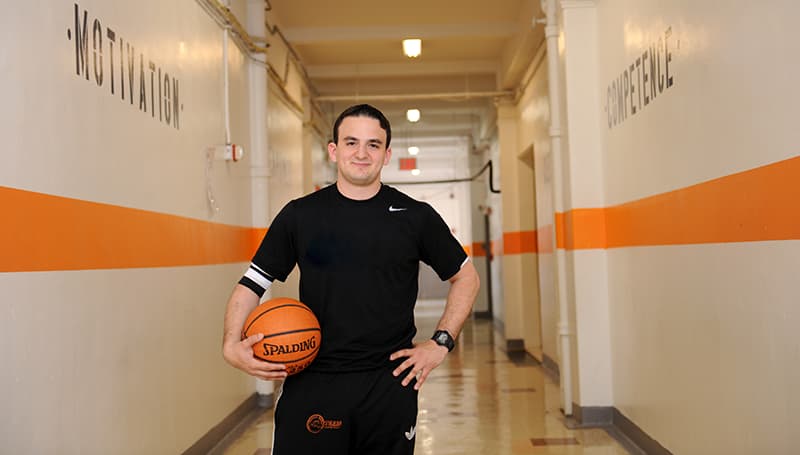
Ways To Take A Charge
There are several steps to master in order to take a charge properly, including:
Keep Feet Stationary
Your feet always lead the charge. For the charge to be called, they must be entirely motionless and lying flat on the ground.
Square Your Body
Consider the foundational elements of a good jump shot. Being square and facing your intended target is one of the most crucial characteristics of a great jumper. When you charge, the same rules apply as when you shoot the ball through the hoop, except that your target is the opposing player who is running into your chest. While getting hit right in the chest will hurt, it is necessary for the play and will help the referee side with you when they make the decision.
Take Cover
Although this isn’t just for male players, once you align your body with your opponent, cover up to prevent getting a knee into your private area.
Hit The Floor
The only way to end the play is to take the hit and fall onto your back when you take a charge because, yes, you will be hit hard. No fall, no call, used a coach of mine who enjoyed it when we took charges as frequently as possible.
Conclusion
In each basket, there is a space that is delineated by a dotted line that forms an arc; this space is where each basket is situated. This area, located inside the key, is a place on the court that a charging foul cannot be called by an offensive player. No more than three seconds may be spent in the restricted area by a defensive player. This rule was put in place to lessen the amount of contact underneath the basket, and because it is enforced, the offensive player has a slight advantage when driving to the basket.
The restricted area has been a welcome addition to the game and has been incorporated fairly seamlessly after some getting used to by players, spectators, and referees. The fact that so many other leagues and players of all skill levels have adopted it into their own games is a sign of its success throughout the entire game of basketball.
FAQs
When Did the NBA Add the Restricted Area?
The restricted area arc rule first appeared at any level of competition in the NBA for the 1997-98 season. For the 2010–2011 season, it was implemented in the NCAA men’s basketball competition.
NBA Restricted Area Rules
The restricted area in the NBA extends four feet in every direction from the basket. That means when you’re in this part of the court, you will not be able to get a defensive charge or block/charge towards a player in order to stop their shot or drive to the hoop.
Is There a Restricted Area in High School Basketball?
Yes. The restricted area in basketball is an area of the court that exists at all levels of competition except in some high school and youth basketball leagues. This area of the court, located in the paint, was created in 1997 to stop defensive players from standing underneath the basket to draw a foul.

